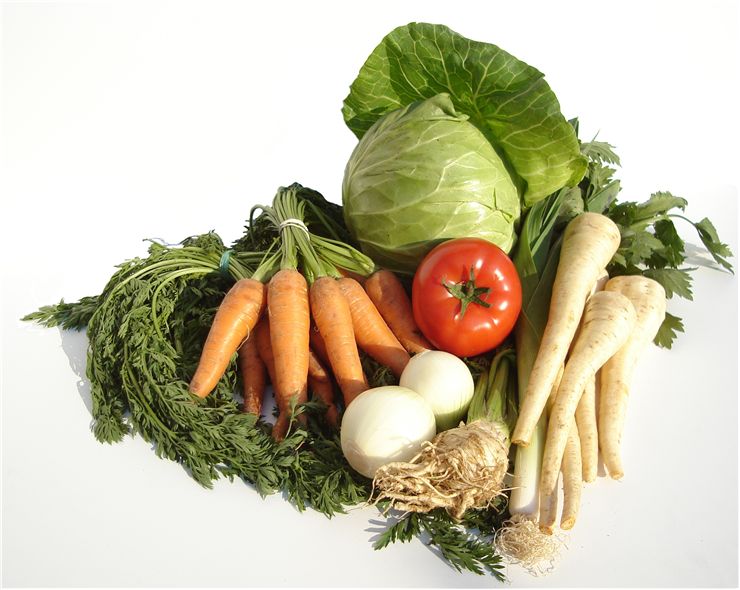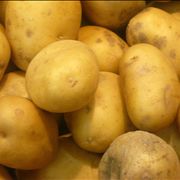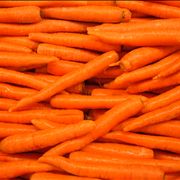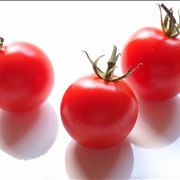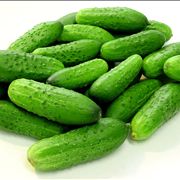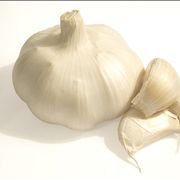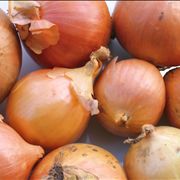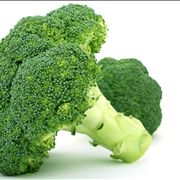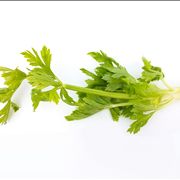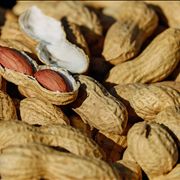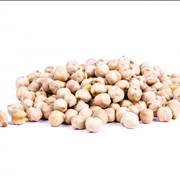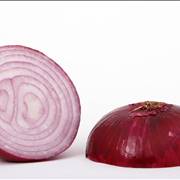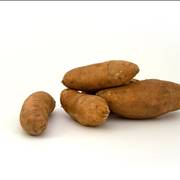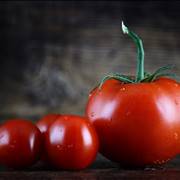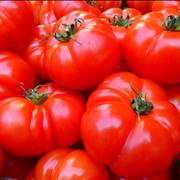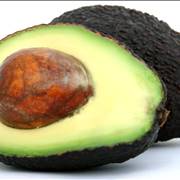Vegetable Facts - Useful and Interesting Vegetable Facts
Vegetables are fascinating products of nature that constantly give us surprises and new ways how to use them in enrichment of our lives, science and medicine. If you wanted to know more about fascinating vegetable facts, here is the perfect place to do so.
Potato Facts
Potato originates from South America, where it was domesticated several millennia ago, and introduced to European explorers in mid-16th century. Ever since then, incredible growth of potato popularity enabled it to become one of the most sought out vegetables that truly managed to shape the look of the modern human civilization. Find out more about potato here.
Carrot Facts
Over the last five thousand years, presence of carrots in our culture, eating habits and medicine gave birth to many important facts that must be known. Here you can find out more about this fascinating root vegetable that has traveled through the millennia to reach is current popularity that it clearly deserves.
Tomato Facts
From the moment tomato was domesticated in the ancient Aztec civilization, tomato managed to infuse itself into the life and cuisine of modern humankind. Very quickly it became staple of the world food economy, enabling us all to live healthier and longer. If you were interested to learn more facts regarding tomatoes, this is the perfect place to do so.
Cucumbers Facts
Cucumber is an interesting and useful plant fruit that truly has a countless usages in diet, nutrition, medicine, science and even common household problems. Here you can learn the most interesting and fun fact that you simply must know if you want to keep your body healthy and your life better.
Garlic Facts
Garlic is one of the earliest vegetables that were used in the birthplaces of modern civilizations. During such long period as our constant companion garlic managed to interact with our history numerous times, placing itself on our cuisine and medicine as one of the most useful and popular vegetable in the world.
Onion Facts
During its long travel though history of mankind, onions managed to heavily influence our development, spreading across the world and the way we look at diet, medicine and science. Here you can read countless interesting facts about onions.
Broccoli
Broccoli is a vegetable from the Italica Cultivar group of Brassicaceae family, family to which also belong cauliflower and cabbage. It is low in calories, but rich in vitamin C, vitamin K, dietary fiber, folate, potassium, selenium, vitamin A, manganese... There are three popular varieties: Calabrese broccoli, sprouting broccoli and purple cauliflower.
Celery
Celery is a vegetable from the family Apiaceae which exists since antique times. In America is mostly used celery stalk, but in Europe hypocotyl of the plant, called celery root. It can prevent inflammation and dehydration, like many other diseases. It protects kidney and pancreas, but it can also cause an allergy.
Peanut
Peanut, Arachis hypogaea, is probably created in northwestern Argentina, thousands years ago. Although peanut flowers are above ground, fruits are below ground (peanuts do not grow on trees, neither as a part of root). There are 4 main types: Runner peanuts, Virginia, Spanish and Valencia Peanuts. Peanuts are cholesterol-free and rich in proteins.
Chickpea
Chickpeas also called Ceci beans or Garbanzo, are pretty special legume that originates from Middle-East countries, such as Iran, Syria, and Turkey. They are used in various dishes, like hummus, some kinds of curry, Indian dishes, etc. These nutty beans offer a lot of health benefits, and eating them regularly increases amount of a few essential nutrients in your body.
Red Onion
Red onion also called purple and Spanish onion is sort of onion with red or purple skin. Although both onions, white and red, have beneficial nutrients, red is richer in antioxidants. Quercetin is the most significant antioxidant from red onion.
Sweet Potato
Sweet potato (Ipomoea batatas) is plant from family Convolvulaceae, famous as one of the oldest vegetable. Usually, it's incorrectly mixed with "yam" and "potato". There are about 400 varieties of sweet potato, but white-cream and yellow-orange fleshed are most seen. It is healthy food, mostly because of the high content of vitamin A and antioxidants.
Tomato Types
Tomato, Solanum lycopersicum, plants which give red fruit. Although it's botanically a fruit, culinary it's vegetable, because it's not sweet. It is believed that there are around 7500 varieties of tomatoes. Tomatoes can be determinate or indeterminate, but also based on shape and size there are types: Beefsteak, Plum tomatoes, Cherry tomatoes, Grape tomatoes, Campari tomatoes, Tomberries, Oxheart, Pear tomatoes...
Difference Between Fruits and Vegetables
Would you be surprised if somebody told you that a tomato is a fruit? Or that a cucumber is not a vegetable? Confusion is commonly caused by people’s taste sensation and general public impressions. Ultimately, we can differentiate fruits and vegetables based on two ways: scientifically - as per botany or more typically as per taste and general grocery store categorization.
What Fruits Are Actually Vegetables?
Fruits and vegetables are all around you, and you have been eating them for your whole life. You eat them raw, put them on sandwiches, in salads, casseroles, or you cook them. However, it seems that a lot of people are confused by which is which. Let’s try to make it clear here and now.
